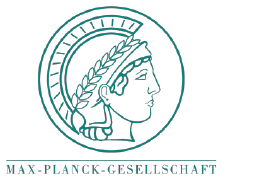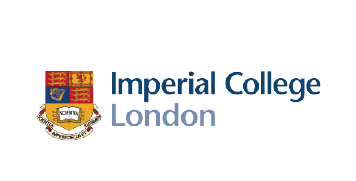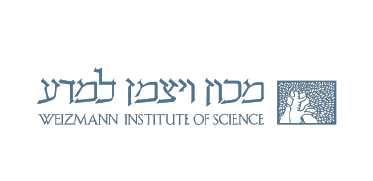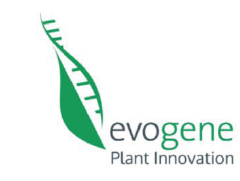
In FutureAgriculture, Evogene has chosen to work with two different model plants; Arabidopsis thaliana (A. thaliana) and Brachypodium distachyon (B. distachyon). Together they represent two major types of crop plants: A. thaliana is a model for widespread dicot crops like soybean, tomato, potato, lentil and peanut; whereas, B. distachyon for important monocot crops such as rice, corn, wheat, barley and oat.
Similarly, to animal models, model plants are an ideal ground for testing initial hypothesis rapidly and with high certainty. Compared to crop plants, they are characterized with shorter life cycles, smaller-sized plants and a simpler genome; all features that speed up and simplify the scientific process. Indeed, working with model plants allows scientists to perform a large number of experiments at a relatively low cost while gaining valuable knowledge and process understanding before moving to more complex crop plants.
Another powerful tool of A. thaliana and B. distachyon, is their known genetics. A. thaliana was the first plant genome to be fully sequenced (and the third multicellular organism). Ten years later, in 2010, the genome of B. distachyon – double of the size of A.thaliana’s genome – has been sequenced and published. The knowledge of the plant DNA is a fundamental prerequisite for the success of the FutureAgriculture project as it encodes useful information on the metabolic pathways. The pathways selected in FutureAgriculture are composed both from bacteria genetically modified enzymes as well as plant native ones. Without knowing the enzymes involved in the native network of the plant, it would have been almost impossible to establish a new pathway there. Through new discoveries and insights from the model plants we can take one step closer to better yield productive crop plants.






